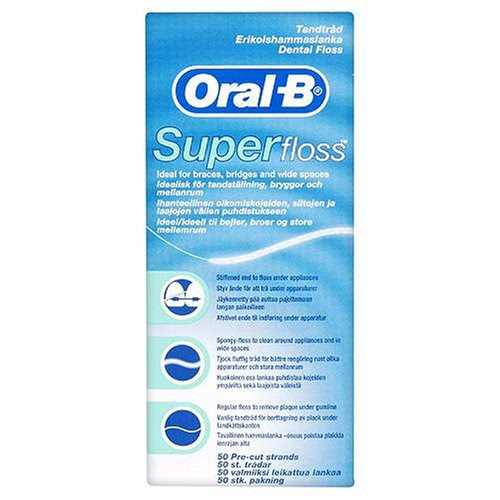Julie West BS RDH
Statistics from the World Health Organization show that up to 93% of diabetes, 81% of heart disease, 50% of strokes, and 36% of all cancers could be prevented by a healthy diet and lifestyle. We have all heard of fad diets and medications that claim to slim you down in weeks, but have you looked at the asterisk on the bottom of your television screen during their commercials? You will see that the testimonials you are seeing are from “results not typical” and have occurred in less and 5% of the people who took that particular diet plan or pill. The best weight loss experts will tell you that there is no shortcut to being healthy. Diet and exercise are essential in establishing and maintaining health.
Obesity is increasing in prevalence and is a major contributor to worldwide morbidity. As obesity in this country rises, are we surprised that the prevalence of heart disease, diabetes, cancer, and other diseases rises too? One of the dangers in obesity is due to a prolonged state of inflammation in the body. Inflammation is the first response of the body to injury, cell damage, infection, or irritants. Inflammation that is chronic and unresolved can lead to:
- Rheumatoid Arthritis
- Periodontal Disease
- Diabetes
- Cardiovascular Disease
- Asthma
- Cancer
Fat cells produce hormones and proteins that cause inflammation and insulin resistance, which promote cell growth. Overweight people have high levels of substances circulating in their blood that stimulate cell division. The more often cells divide, the more opportunity there is for cancer to develop. To help lower your risk for cancer, it is important to know how much inflammation is present inside your body.
At your next visit to your doctor, ask for a blood workup with a screening of your C-reactive protein, a protein made by the liver when there is inflammation in the body.
Inflammation also often manifests in the mouth. If you have one or more of the above diseases, inflammation may be the underlying factor. At your next dental visit, ask your dental hygienist if there is inflammation in your mouth. Your dental hygienist can provide great information about the inflammation process and its effects on the body.
Source:
Brand-Miller J, et al. Cur Opin Lipidol 2012, 23(1): 62-7
Low Dog, MD. (February 2014). Cancer and Nutrition in the 21st Century. Western Regional Dental
Convention. GC America, Phoenix, Arizona.

![KO6A0979-Edit[1]](https://dentistrydonedifferently.files.wordpress.com/2014/03/ko6a0979-edit1.jpg?w=122&h=183)














![4e2fd78cc550f4e33c48c0a31a8c64[1]](https://dentistrydonedifferently.files.wordpress.com/2014/04/4e2fd78cc550f4e33c48c0a31a8c641.jpg?w=300&h=229)
![lingual_varicosities-142CFA6D1EC5BDDC9F0[1]](https://dentistrydonedifferently.files.wordpress.com/2014/04/lingual_varicosities-142cfa6d1ec5bddc9f01.jpg?w=300&h=225)
![Amalgam_Tattoo_in_the_association_with_an_upper_molar-400x461[1]](https://dentistrydonedifferently.files.wordpress.com/2014/04/amalgam_tattoo_in_the_association_with_an_upper_molar-400x4611.png?w=260&h=300)
![Fissured_tongue[1]](https://dentistrydonedifferently.files.wordpress.com/2014/04/fissured_tongue1.jpg?w=300&h=224)
![Geographic-tongue-5[1]](https://dentistrydonedifferently.files.wordpress.com/2014/04/geographic-tongue-51.jpg?w=300&h=226)